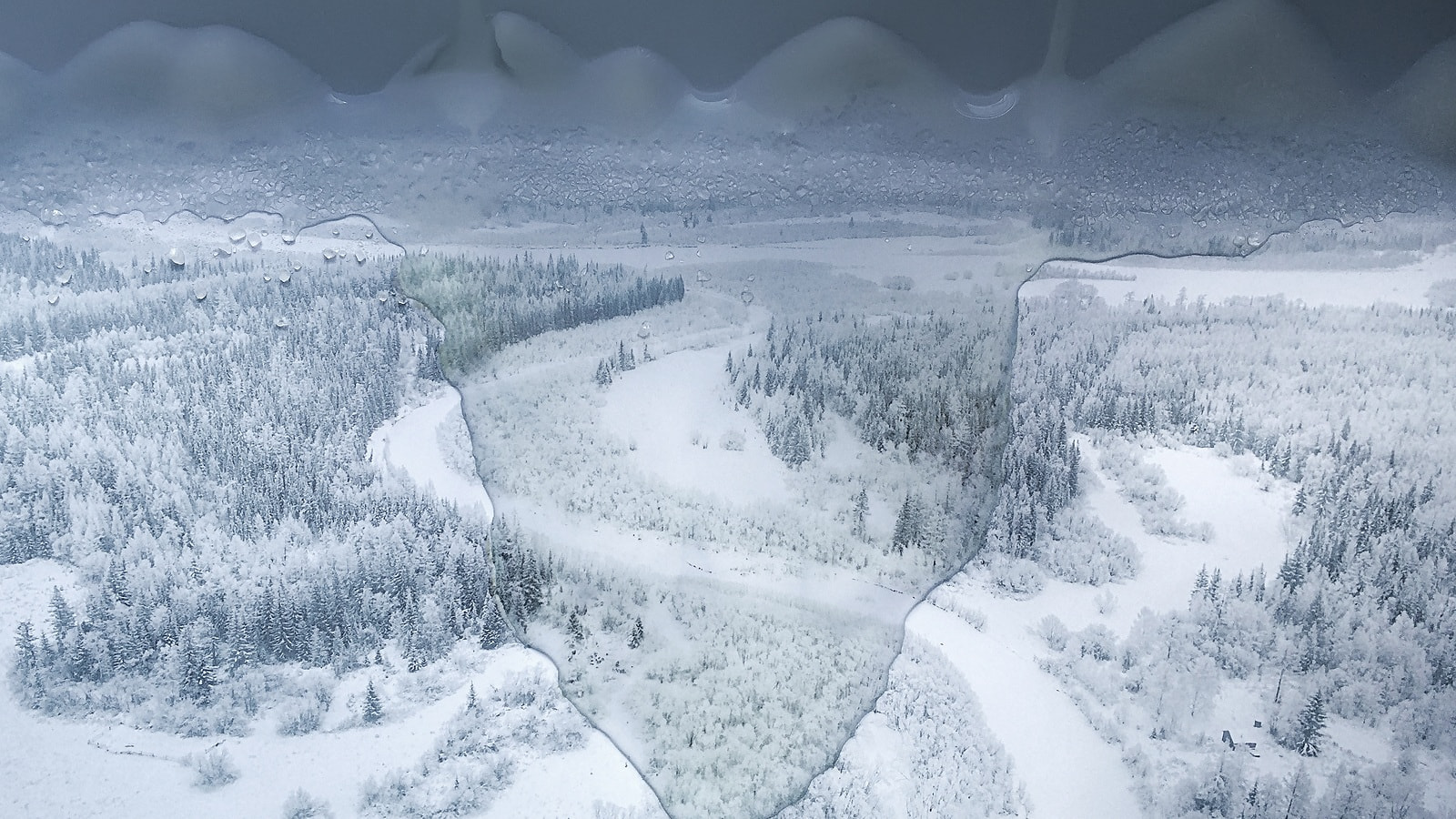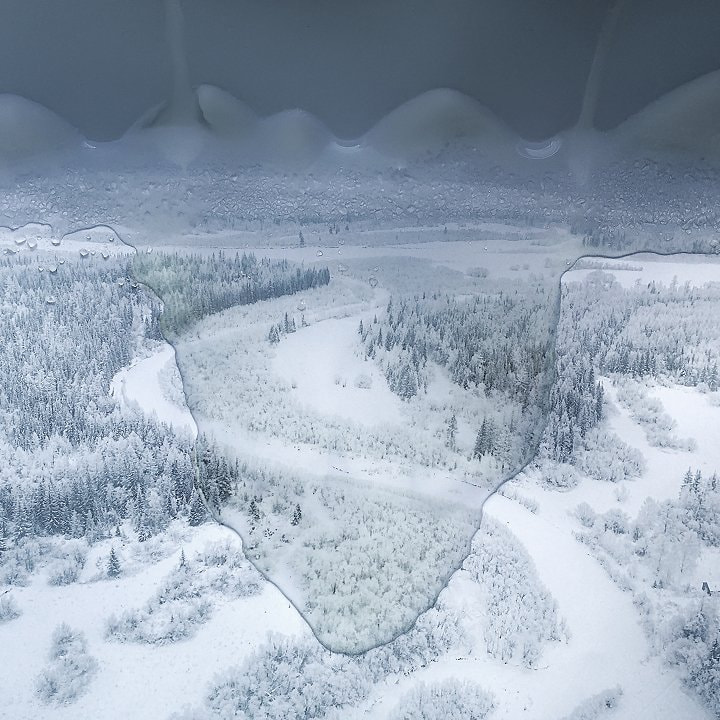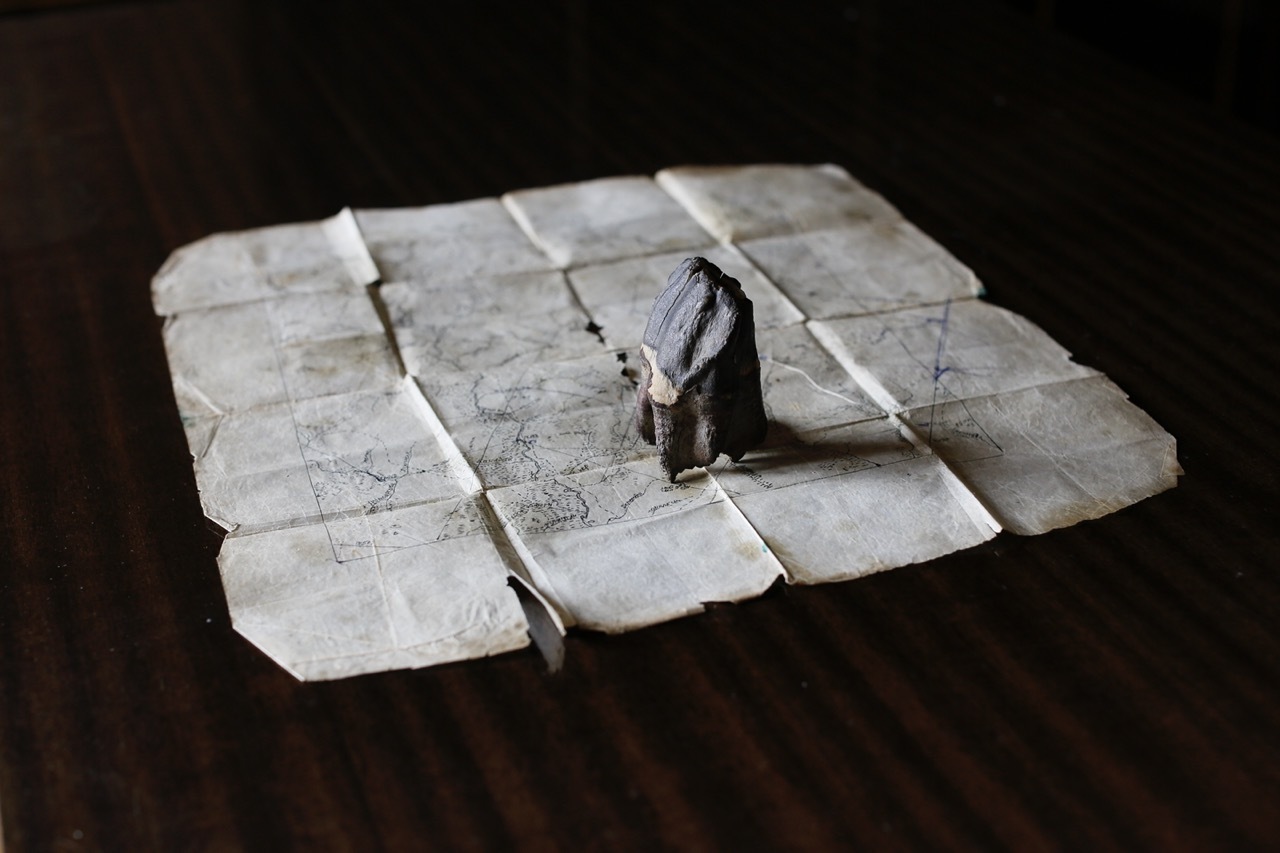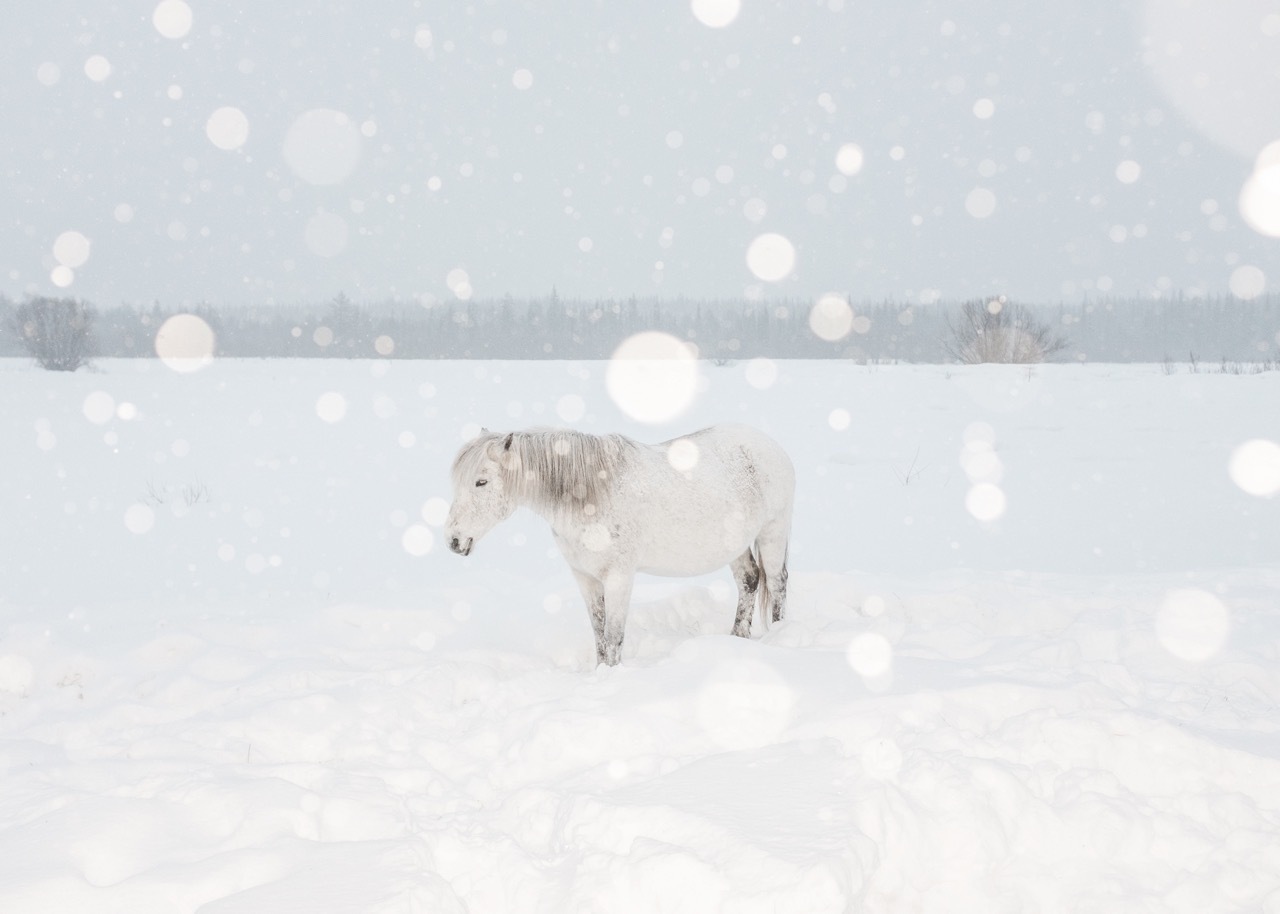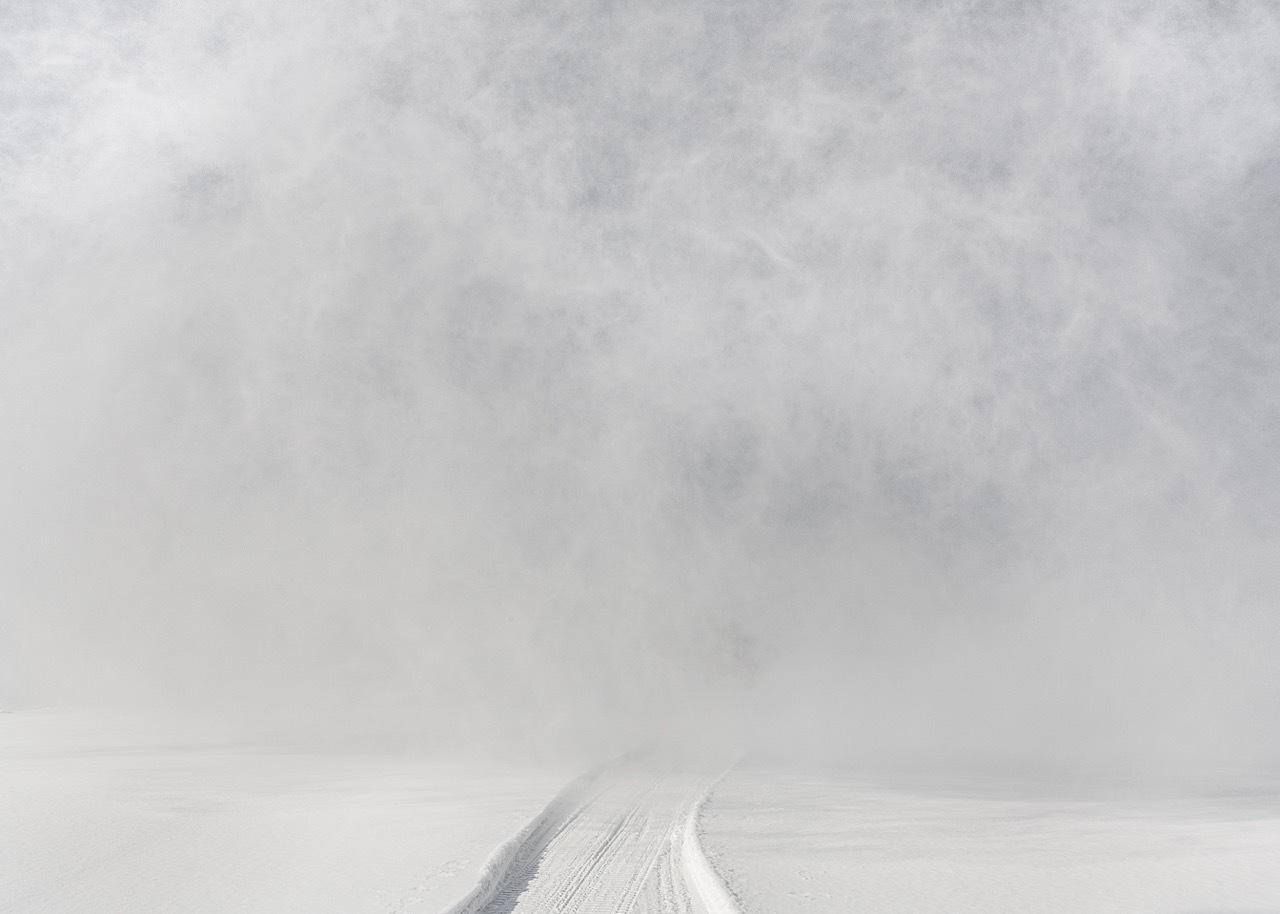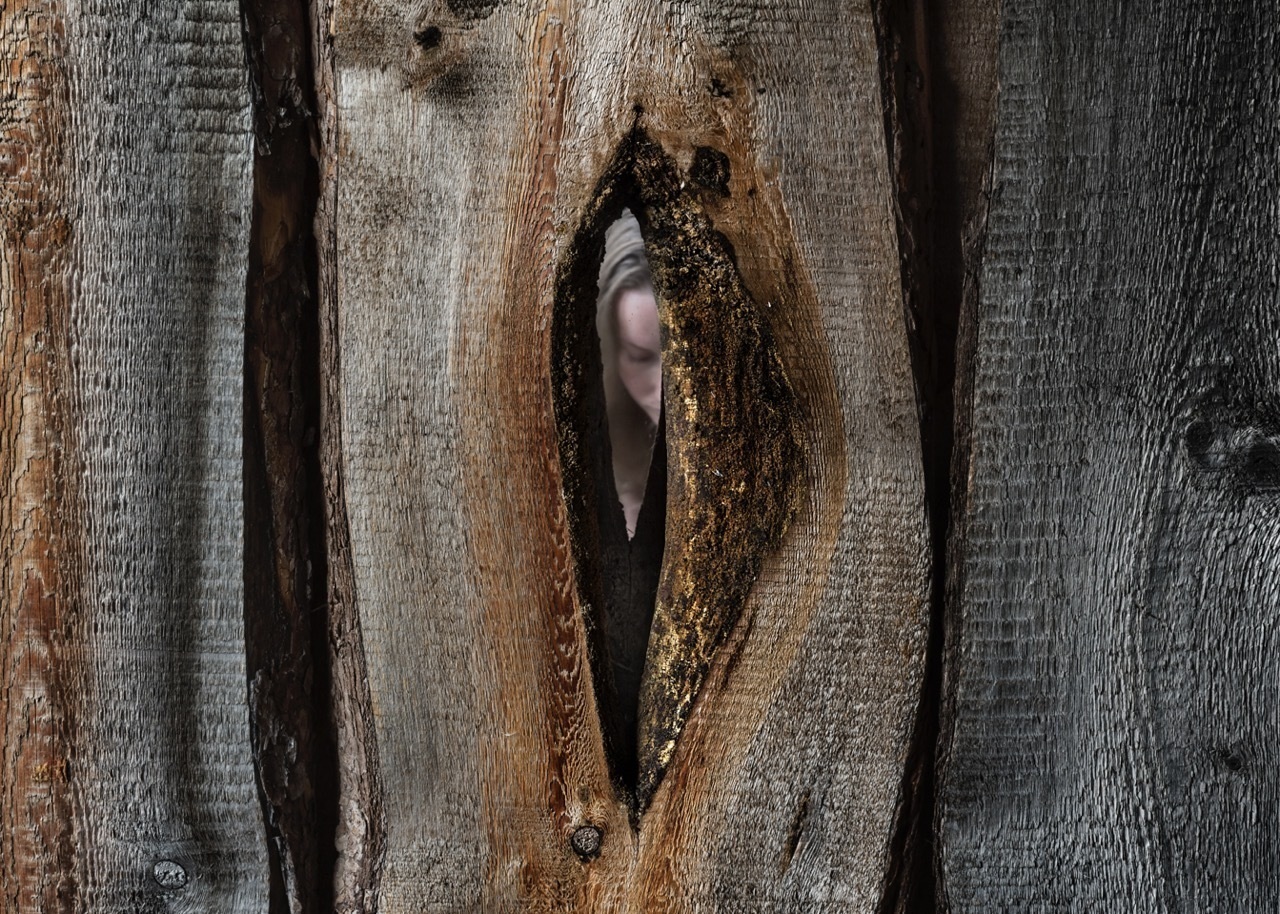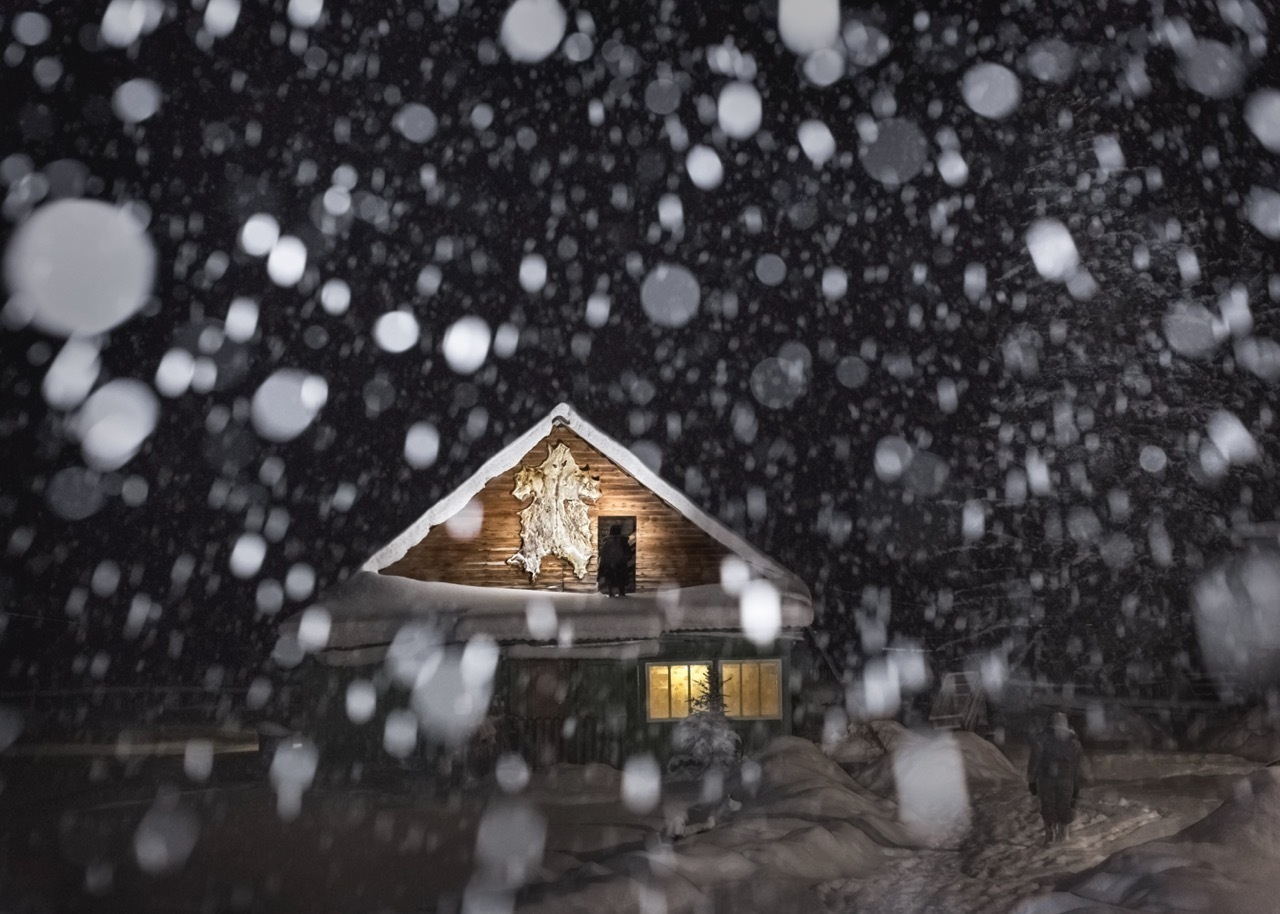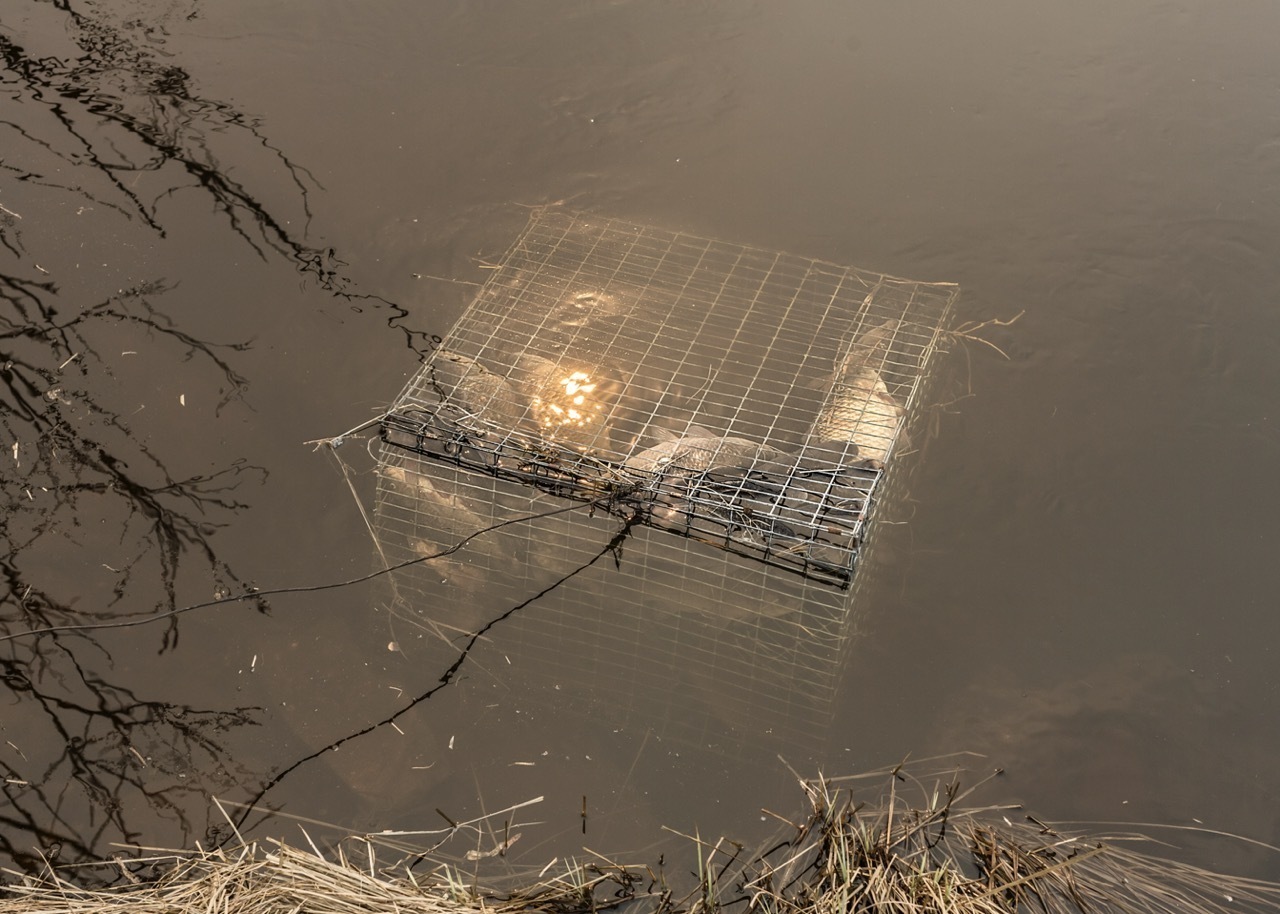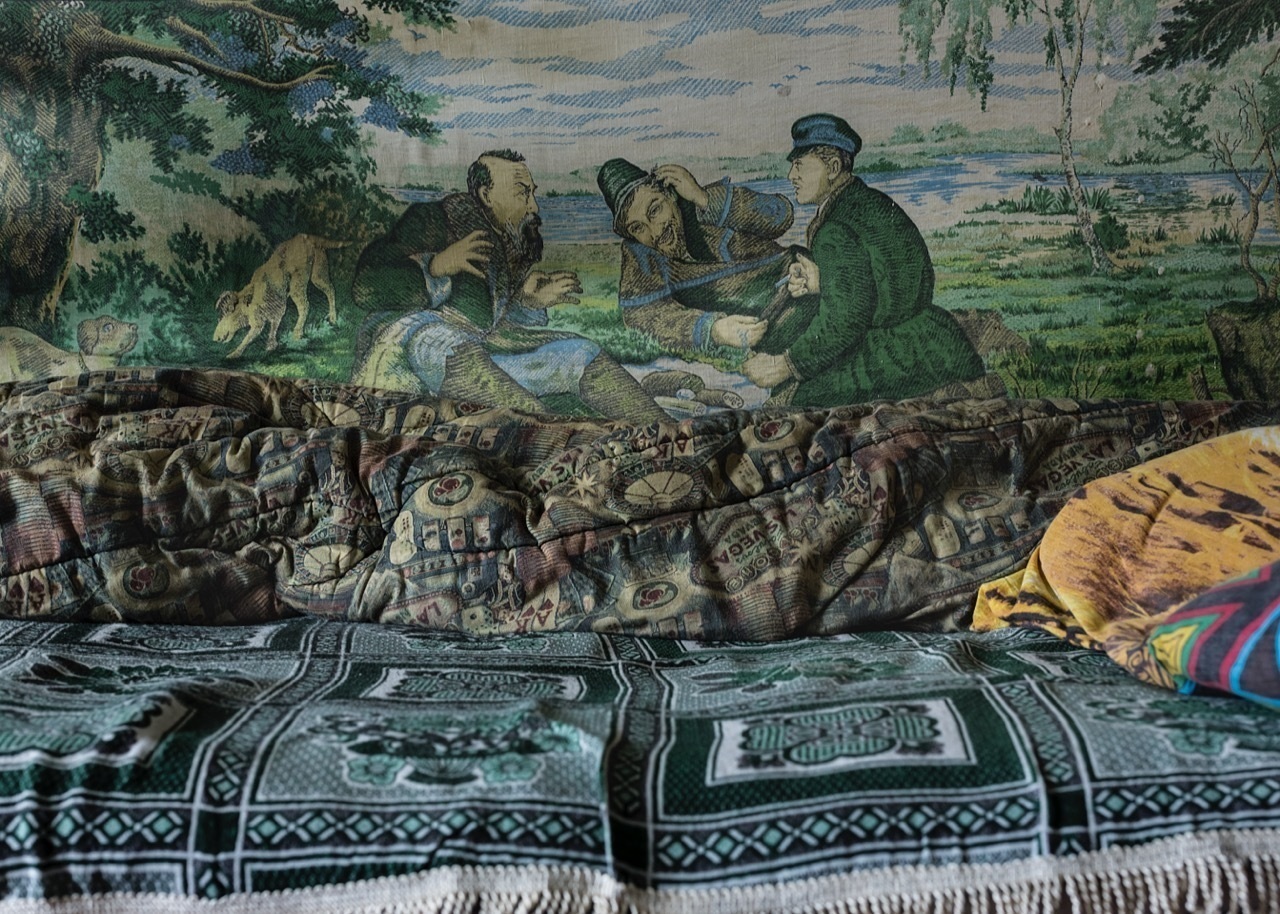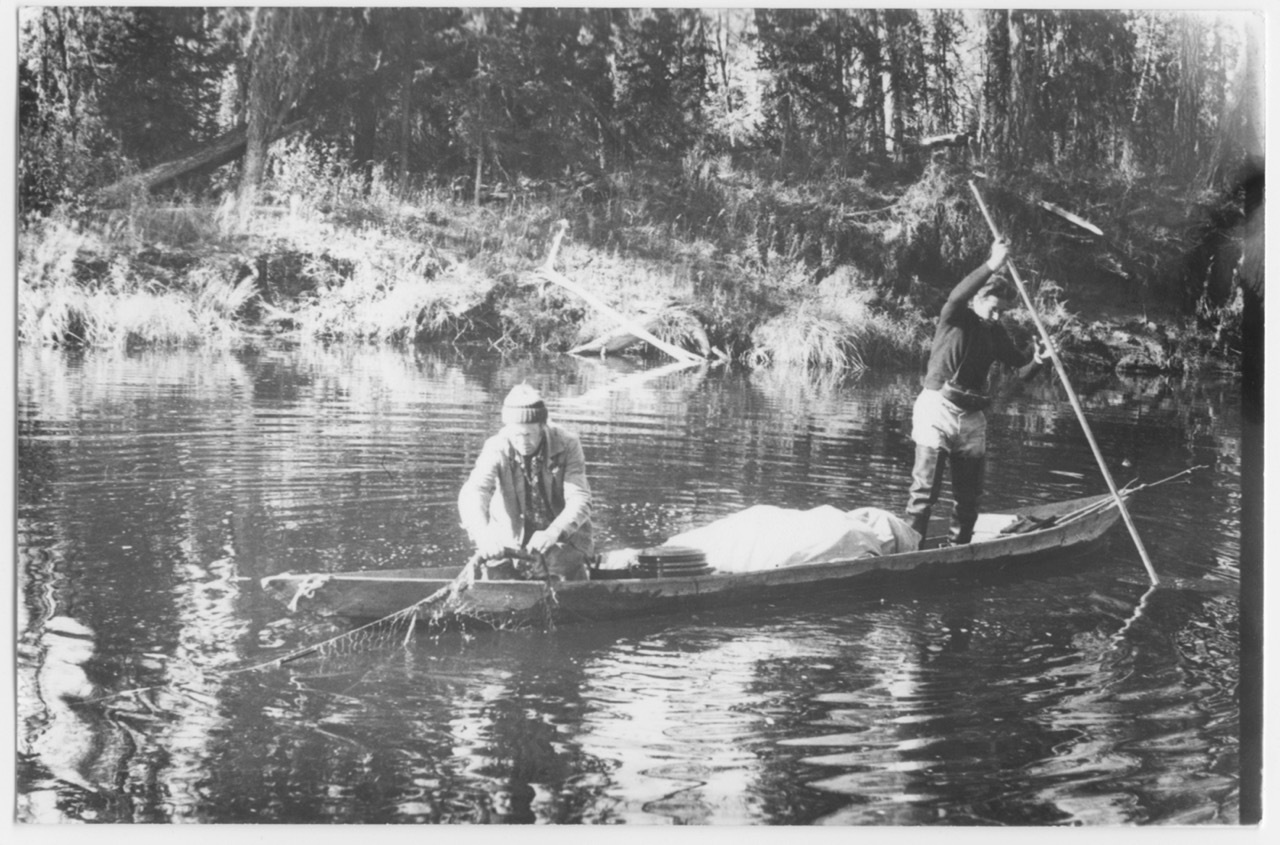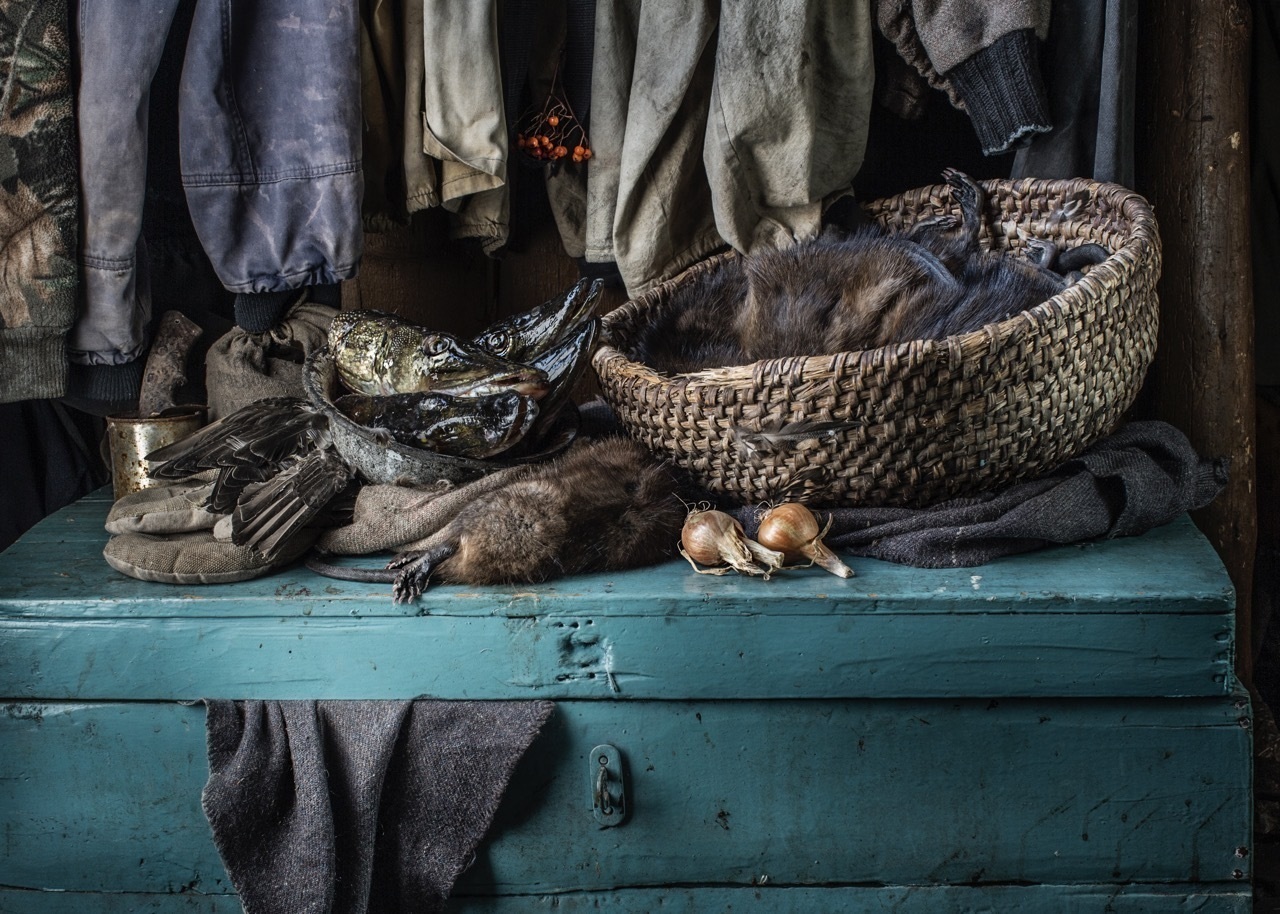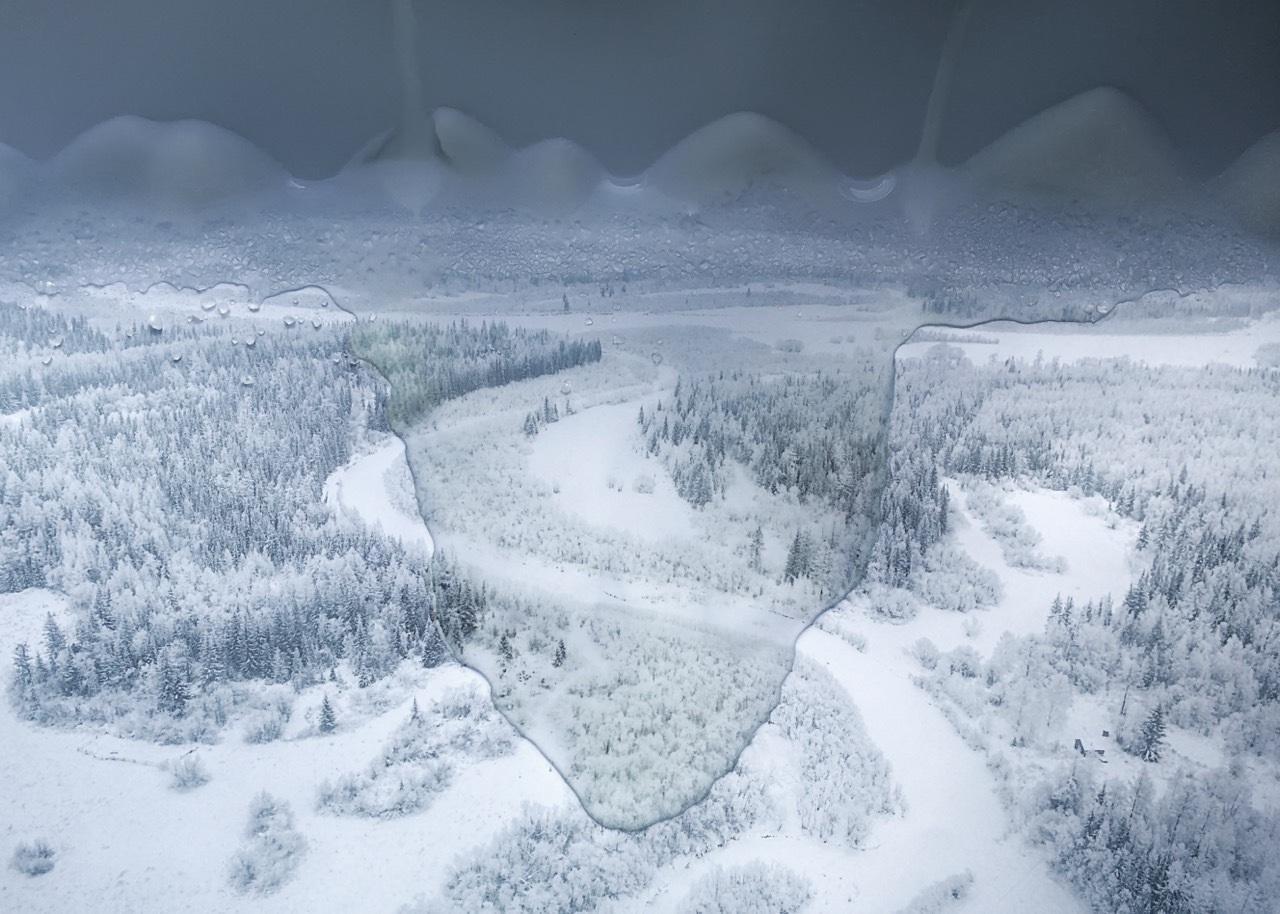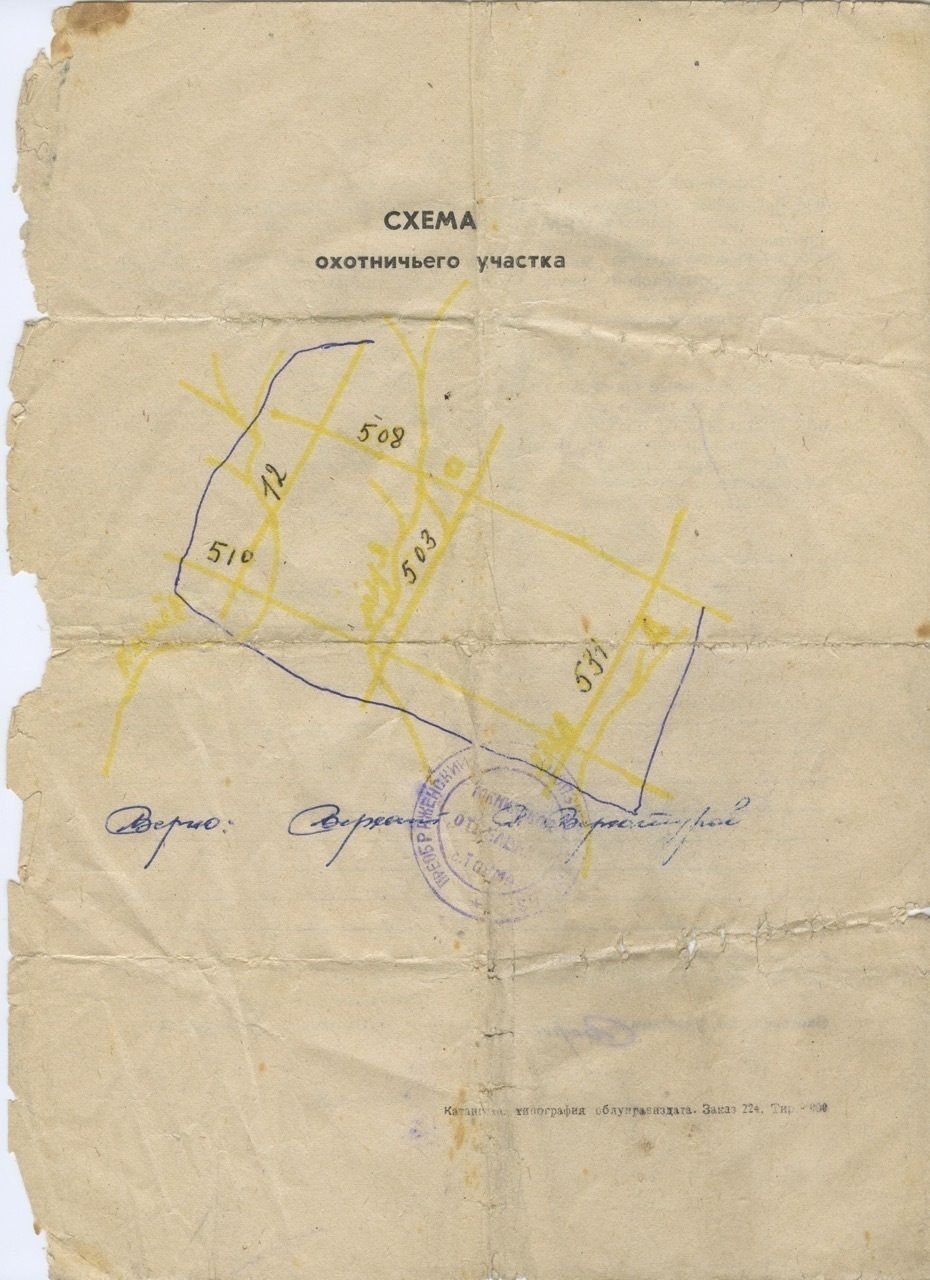Elena Anosova maps the family history of a polyethnic community of anglers and gatherers living in territories equated to the Far North.
For her project Atlas of the First Snow, started in 2015 when she discovered an archive of family photos, Elena Anosova has been tracing and recording the history of her relatives—descendants of the Evenki, the Tungus, the Khamnigan, Russian colonizers, and Soviet geologists—who lived in isolation in the basin of the Nizhnyaya Tunguska River. Difficult access and extreme temperatures kept the community isolated for about 300 years, forming a unique micro world with its own everyday rituals and relationship with living and non-living nature. Until the early 2010s there was no access to satellite photos, mobile networks or a stable electricity supply, and global climate change and local industrial expansion manifested themselves only through changes that interrupted habitual patterns of everyday life (intensification of winds and fires, changing salt levels in the river water or the disappearance of fish) and therefore became mythologized. Local folklore covers not only the Tunguska event in 1908 but also the introduction of the Barguzin sable (Martes zibellina princeps Birula) to the Far North in the 1950s and 1960s and the start of the construction of the Angara Cascade Complex of hydroelectric power plants, which continues today.
Approaching landscape as a palimpsest, where every wave of settlers became a new layer as it assimilated with the indigenous population, Elena Anosova’s Field Research project aims to go beyond autoethnography. A key aspect of the artist’s approach at every stage of the project is the non-disclosure of actual geographic coordinates and names of villages and people—not only to protect the privacy of the project’s participants but also to present an archetypal image of an isolated community. The logic of her research draws on its polemical connection with Soviet films Letter Never Sent (1959) by Mikhail Kalatozov and Gloomy River (the 1968 adaptation of the epic novel by Vyacheslav Shishkov) by Yaropolk Lapshin, both set in the Nizhnyaya Tunguska basin.
Continuing her study of the narratives behind the images of an atlas and a map, Elena Anosova will create a series of cartographic illustrations of her family hunting grounds that will remain documentary through the inclusion of the natural river patterns. Atlas of the First Snow will conclude with the publication of a book with an eponymous series of photographs from Anosova’s first research trips, which received a World Press Photo award in 2017, as well as Soviet and post-Soviet archival pictures, new illustrations, and non-fiction texts based on academic discussions with scholars working in cartography, meteorology, and hydrochemistry.
